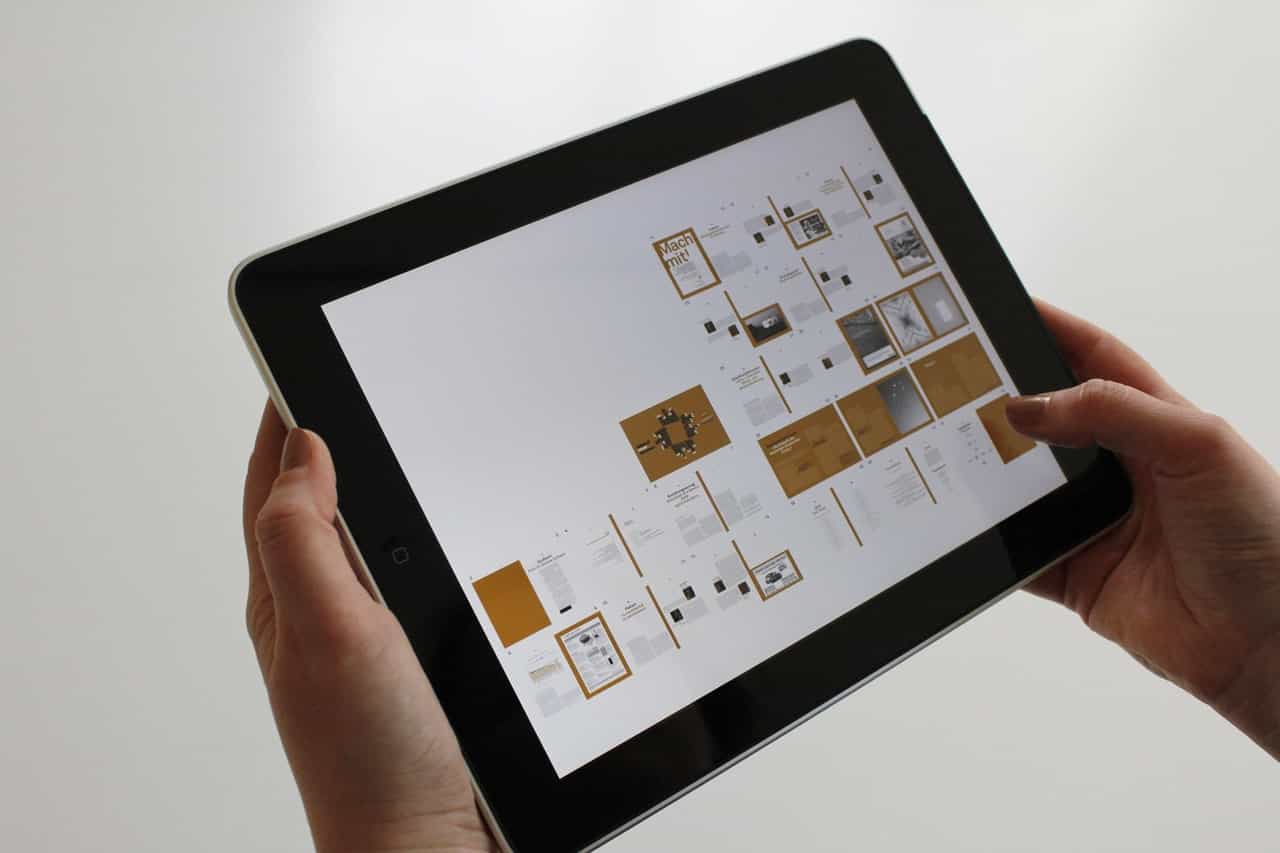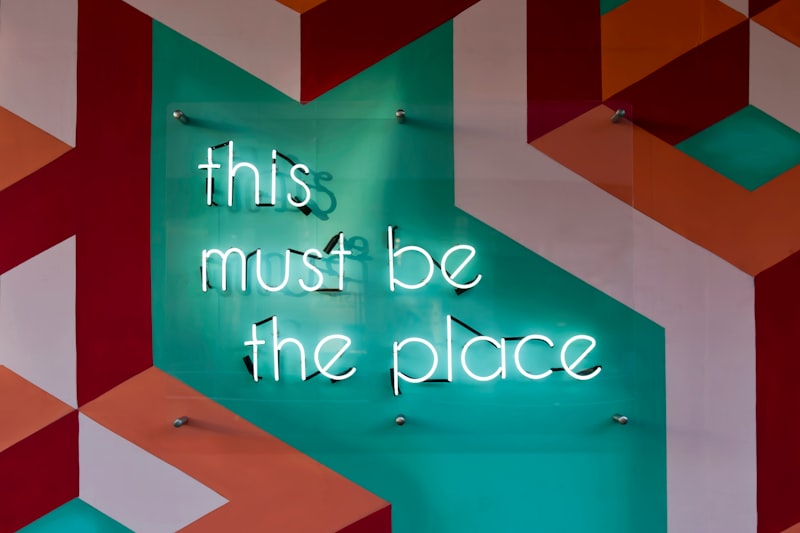Benefits and features: what do they mean, and which one should you focus on? Well, it depends. The benefits of a product are what happens when the user engages with it. Let's say there's a new "smart fork" that tells you when you're overeating. The benefit is that people who overeat can stop overindulging and get back to their ideal weight. Similarly, if there's a new app for dog lovers that lets them find other dog owners nearby so their dogs can play together during walks, the benefit would be that dogs get more exercise than they would otherwise. Features are different—they describe what a product or service does. For example, the smart fork may vibrate when it detects that your eating speed is faster than normal; this is a feature of its design. Another feature of this fork might be its ability to "learn" from changes in user behavior over time to adjust how quickly it vibrates and at what point in the meal it notifies the diner that their eating speed has increased. While both benefits and features are necessary for communicating about products effectively, you need to choose between them strategically depending on your audience type, product type, campaign goals, and where your audience is in their buyer's journey.
What are the differences between benefits and features?
The best way to understand the difference between features and benefits is by looking at their use.
- Features are the things a product can do: "This microwave has 1000 watts, which means it's powerful enough to cook your meal quickly."
- Benefits are why a user should use a product: "This microwave was designed with power in mind, so it cooks food fast—and evenly—so you don't end up with burned edges and undercooked centers."
Benefits are more abstract and general, while features are more specific and concrete. Benefits tend to be true for all users, but features aren't always true for everyone. For example, if you have a product that helps people lose weight, the benefit could be "lose weight fast"—this is a benefit because it will help every single person use your product; however, the feature would be something like "burns fat deposits in 7 days without affecting your muscle mass or energy levels"—this isn't necessarily true for everyone.
Benefits should also relate to the user's goal when using a product. If someone wants to lose weight fast, then they might want a diet pill that gets rid of fat deposits quickly; however, if someone wants to maintain their muscle mass while burning off fat, then they might instead choose an exercise program with low-impact exercises such as yoga or pilates so that they can keep their muscles strong even as they burn off excess body fat.
Benefits over features don't mean you should ignore features entirely.
Benefits are what you offer the customer—what they get from your product. Features are what you have included in your product.
Benefits sell a product; features only sell after people are already sold on them. Focus on benefits when designing your product or writing copy that sells it! To retain existing customers or knowledgeable customers, focus on features in conjunction with obvious benefits.
Who needs to know about benefits vs. features?
The list of those who need to be aware of benefits vs. features is long and important. To name a few:
- Product Managers - The PM is responsible for what goes into the product. They have to consider what features will resonate with their target audience and which ones matter.
- Designers - The designer is responsible for how the product looks and works, and they have to be able to nail down precisely what makes it special to ensure it resonates with users. They also need good examples when making decisions about visual elements like color schemes or icons (which will ultimately affect the user experience).
- Developers - Developers are responsible for ensuring that all of these different pieces come together effectively so that when someone gets their hands on your software or service, they'll get an experience that you've designed specifically for them based on their needs and wants.
You should choose benefits over features because they address user needs and desires.
The primary reason you should choose benefits over features is that they address user needs and desires. While the difference between them may seem subtle, it's significant. Benefits are things that users want to accomplish; features are the steps needed to achieve those goals.
Benefits help your customers make decisions and take action by focusing on what matters most to them: the outcomes of using your product or service. Features are essential for understanding how a product works and what it does, but they don't directly help users achieve their desired outcomes in any way — and this is why benefit-led messaging is so effective.
Conclusion
Our takeaways from this article are simple: benefits sell—and they're a good thing. When selling products or services, the best way to do so is by showing how they benefit our customers. But it's also important to remember that both have their place, and sometimes you need to use both to make an effective sales pitch or marketing campaign.






